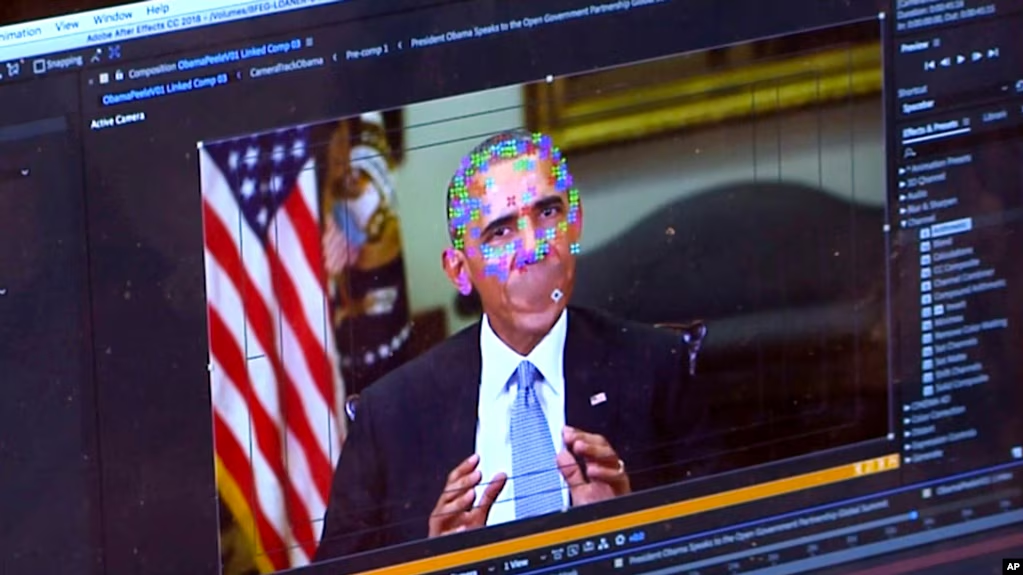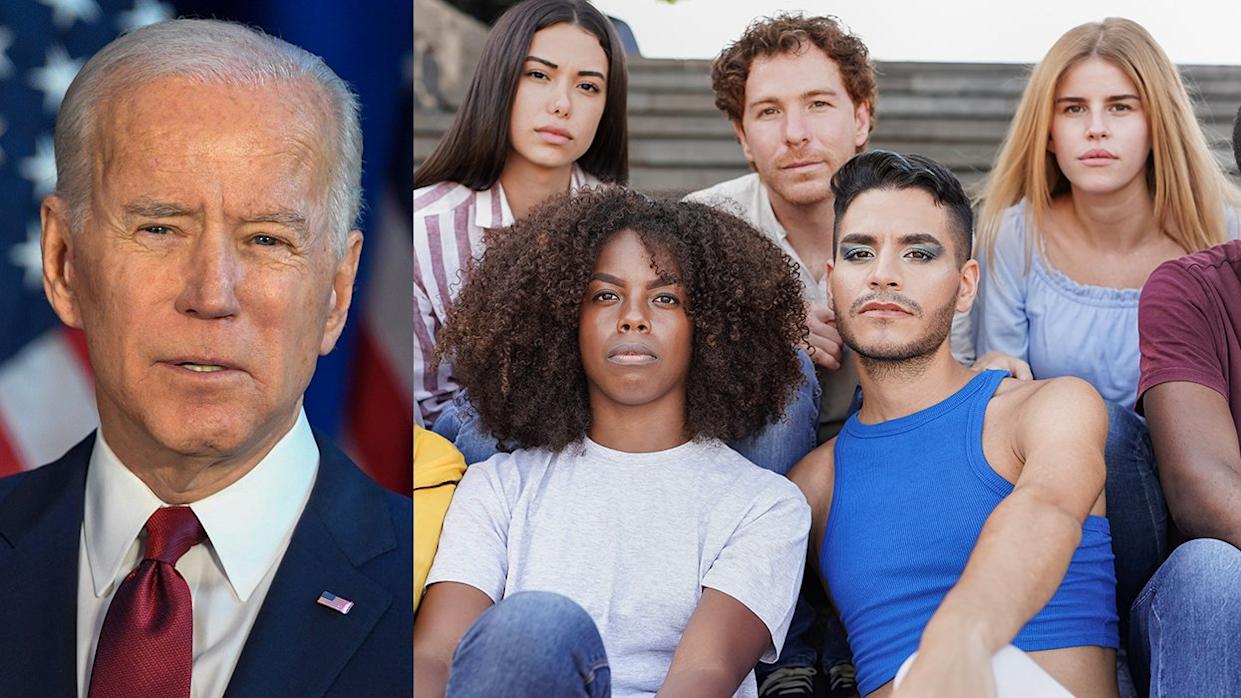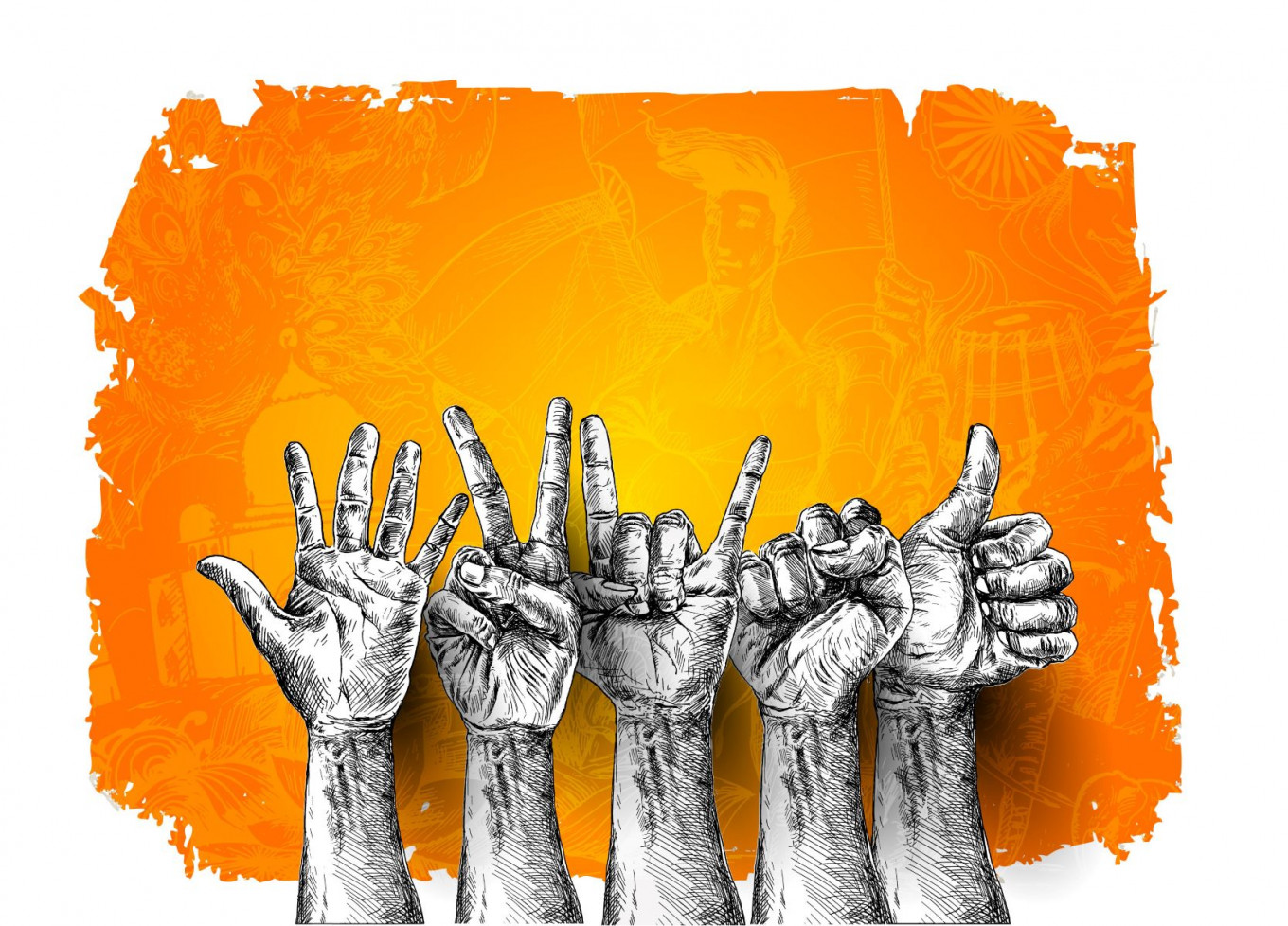The notion of a "gay voice" has long intrigued scholars, linguists, and the general public alike. It raises questions about how speech patterns intersect with identity, perception, and societal norms. Erin Broadhurst, a linguistics student at the University of Oxford, tackled this topic in her undergraduate thesis, which unexpectedly went viral after she discussed it in a TikTok video. Garnering over 8 million views and sparking thousands of comments, her work ignited a global conversation about the complexities of language, gender, and sexuality. This article delves into Broadhurst’s research, explores the broader field of lavender linguistics, examines the science behind voice onset time, and addresses the cultural and ethical implications of studying "gay voice." Through this exploration, we uncover hidden truths, ongoing research, and the societal impact of such studies.
The Genesis of a Viral Thesis
Erin Broadhurst’s journey into the world of "gay voice" began with a personal passion for understanding how language reflects identity. As a bisexual woman, she was drawn to the field of lavender linguistics, a subdiscipline that examines the language used by and about queer communities. Her undergraduate thesis at Oxford aimed to investigate whether there is a distinct speech pattern associated with gay individuals and, if so, what linguistic features might contribute to this perception.
Broadhurst’s TikTok video, filmed on Oxford’s campus, was a candid explanation of her research. The video’s viral success—amassing over 8 million views and 1 million likes—highlighted the public’s fascination with the topic. Comments ranged from enthusiastic support to critical concerns, reflecting the polarized nature of discussions about identity and language. For Broadhurst, the viral response was both a validation of her work’s relevance and a reminder of its contentiousness.
“As a bisexual girl myself, I was interested in the queer side of linguistics,” Broadhurst said in her viral video. “Whether we are correct or not, we do form impressions of people’s sexuality from their voices. But what is it within their voices that we are thinking sounds ‘gay’?”
Lavender Linguistics: A Growing Field
Lavender linguistics, the academic domain Broadhurst engaged with, focuses on the linguistic practices of LGBTQ+ communities. Coined in the 1990s, the term reflects the intersection of language with queer identity, culture, and social dynamics. Researchers in this field explore how speech patterns, vocabulary, and even non-verbal communication reflect or challenge societal norms around gender and sexuality.
Past studies have identified certain linguistic features associated with perceptions of a "gay voice," particularly among gay men. These include vowel duration (how long vowels are held), sibilance (the pronunciation of "s" and similar consonants), and pitch variation. However, these studies often faced criticism for reinforcing stereotypes or lacking rigorous methodology. Broadhurst’s thesis sought to build on this foundation while addressing gaps in the research.
The Science of "Gay Voice": Voice Onset Time
Broadhurst’s thesis zeroed in on a lesser-studied aspect of speech: voice onset time (VOT). VOT is defined as the duration between the release of a stop consonant (such as "p," "t," or "k") and the onset of vocal fold vibration, which produces the subsequent sound. This temporal measurement is subtle but can influence how speech is perceived.
Her supervisor at Oxford suggested exploring VOT because it had not been extensively studied in the context of queer linguistics. Broadhurst hypothesized that gay individuals might exhibit distinct VOT patterns compared to their straight counterparts, potentially contributing to the perception of a "gay voice."
Methodology: Analyzing Identical Twins
To test her hypothesis, Broadhurst chose a unique case study: Sammy and Niki Albon, identical twins and prominent YouTubers. Sammy identifies as straight, while Niki is gay, making them ideal subjects for minimizing confounding variables such as regional dialects, upbringing, or genetic differences in vocal anatomy. The availability of high-quality audio from their YouTube videos provided a rich dataset for analysis.
Broadhurst compared the twins’ VOTs, expecting Niki to have a longer VOT based on prior assumptions about "gay voice" characteristics, such as a more deliberate or expressive articulation. Surprisingly, her findings contradicted this hypothesis: Niki exhibited a shorter VOT than Sammy. This unexpected result challenged existing assumptions and underscored the complexity of linguistic identity.
Accommodation Theory and Contextual Speech
Broadhurst’s research also explored how context influences speech patterns. She analyzed how the twins adjusted their VOTs when speaking with gay versus straight individuals. Her findings revealed that both twins adapted their VOTs to align with their conversation partners—a phenomenon known as accommodation theory.
Accommodation theory suggests that people unconsciously mirror the speech patterns of those they interact with to build rapport. In Broadhurst’s study, when Niki and Sammy spoke with a gay person, their VOTs became shorter; when speaking with a straight person, their VOTs lengthened. This adaptability highlights the fluidity of speech and its responsiveness to social cues.
“If you want to build rapport with someone, you will kind of unconsciously make your voice more similar to that person,” Broadhurst explained.
The Broader Implications of "Gay Voice" Research
Broadhurst’s findings are a small but significant contribution to the broader puzzle of lavender linguistics. Her work raises important questions about how speech patterns are formed, perceived, and interpreted in the context of identity. However, it also sparked debate about the ethical implications of such research.
Cultural and Sociological Factors
The concept of a "gay voice" is not solely a linguistic phenomenon; it is deeply intertwined with cultural and sociological factors. Perceptions of certain speech patterns as "gay" often stem from stereotypes perpetuated by media, such as the flamboyant characters in TV shows or films. These stereotypes can shape how listeners interpret speech, even when the linguistic differences are minimal.
Research into "gay voice" must navigate the tension between identifying patterns and avoiding harmful generalizations. For example, studies have shown that listeners can sometimes accurately guess a speaker’s sexual orientation based on voice alone, but this accuracy is often influenced by cultural biases rather than objective linguistic markers.
Ethical Concerns and Public Reception
Broadhurst’s viral thesis elicited a range of reactions. Supporters praised her for shedding light on an understudied topic, while critics argued that her work risked reinforcing stereotypes or providing tools for discrimination. Some commenters expressed concern that identifying specific speech patterns could be misused to target or marginalize gay individuals.
Broadhurst addressed these concerns by emphasizing her intent to celebrate and understand the queer community. She argued that exploring linguistic differences is not about reducing identity to stereotypes but about appreciating the complexity of human communication.
“I understand these concerns, but my thesis was motivated by my love for the queer community and my desire to understand it better,” Broadhurst said.
Expanding the Research Horizon
Broadhurst’s study is just one piece of a larger puzzle. The field of lavender linguistics continues to evolve, with researchers exploring new dimensions of how language reflects identity. Below are some areas ripe for further investigation.
Pitch and Intonation
While Broadhurst focused on VOT, other studies have examined pitch and intonation as potential markers of "gay voice." Gay men, for instance, are sometimes perceived as having a higher or more varied pitch. However, these findings are inconsistent across cultures and contexts, suggesting that pitch may be more a product of socialization than an inherent trait.
Cross-Cultural Perspectives
Most research on "gay voice" has focused on Western, English-speaking populations. Expanding studies to include non-Western languages and cultures could reveal whether perceptions of "gay voice" are universal or culturally specific. For example, do Japanese or Arabic speakers associate certain speech patterns with queer identity, and if so, how do these patterns differ?
Intersectionality in Linguistics
Future research could also explore how other aspects of identity—such as race, class, or gender expression—intersect with speech patterns. For instance, does the perception of a "gay voice" differ for Black versus white speakers, or for those who present as more traditionally masculine versus feminine?
The Role of Technology in Linguistic Research
Advancements in technology are transforming how linguists study speech. Tools like Praat, a software for phonetic analysis, allow researchers to measure subtle differences in VOT, pitch, and formant frequencies with unprecedented precision. Broadhurst’s use of YouTube audio highlights the potential of digital platforms as data sources, enabling researchers to analyze naturalistic speech from diverse populations.
Artificial intelligence and machine learning are also playing a growing role. Algorithms can detect patterns in large datasets, such as identifying VOT variations across thousands of speakers. However, these technologies raise ethical questions about privacy and the potential misuse of voice data.
Societal Impact and Future Directions
Broadhurst’s viral thesis has sparked a broader conversation about curiosity and the pursuit of knowledge. Her encouragement to “keep asking questions” resonates with young scholars and curious minds alike. Since graduating from Oxford, she has pursued a master’s degree in forensic speech science at the University of York, with plans to eventually earn a PhD.
Her work underscores the importance of fostering curiosity while approaching sensitive topics with care. As lavender linguistics grows, researchers must balance scientific inquiry with ethical responsibility, ensuring that their work uplifts rather than marginalizes communities.
The Power of Public Engagement
The viral nature of Broadhurst’s thesis demonstrates the power of public engagement in academic research. Social media platforms like TikTok provide a space for scholars to share their work with a global audience, demystifying complex topics and inviting diverse perspectives. The thousands of comments on Broadhurst’s video offered valuable feedback, from suggestions for future research to personal anecdotes about speech and identity.
Challenging Stereotypes Through Research
By studying "gay voice," researchers like Broadhurst aim to challenge stereotypes rather than reinforce them. Understanding the nuances of speech can reveal how much of what we perceive as "different" is shaped by culture, context, and social dynamics rather than inherent traits. This knowledge can foster greater empathy and reduce prejudice.
Conclusion
Erin Broadhurst’s exploration of "gay voice" through the lens of voice onset time has opened new avenues for understanding how language intersects with identity. Her viral thesis, while controversial, has sparked meaningful dialogue about the complexities of speech, perception, and societal norms. By delving into the science of VOT, the cultural context of lavender linguistics, and the ethical implications of such research, we gain a deeper appreciation for the intricate ways humans communicate.
As the field of lavender linguistics continues to evolve, studies like Broadhurst’s remind us of the power of curiosity to uncover hidden truths. They also challenge us to approach sensitive topics with nuance and respect, ensuring that research serves to illuminate rather than divide. In a world where language shapes our understanding of each other, Broadhurst’s work is a call to listen more closely—not just to the words we speak, but to the identities and experiences they reflect.





























0 Comments